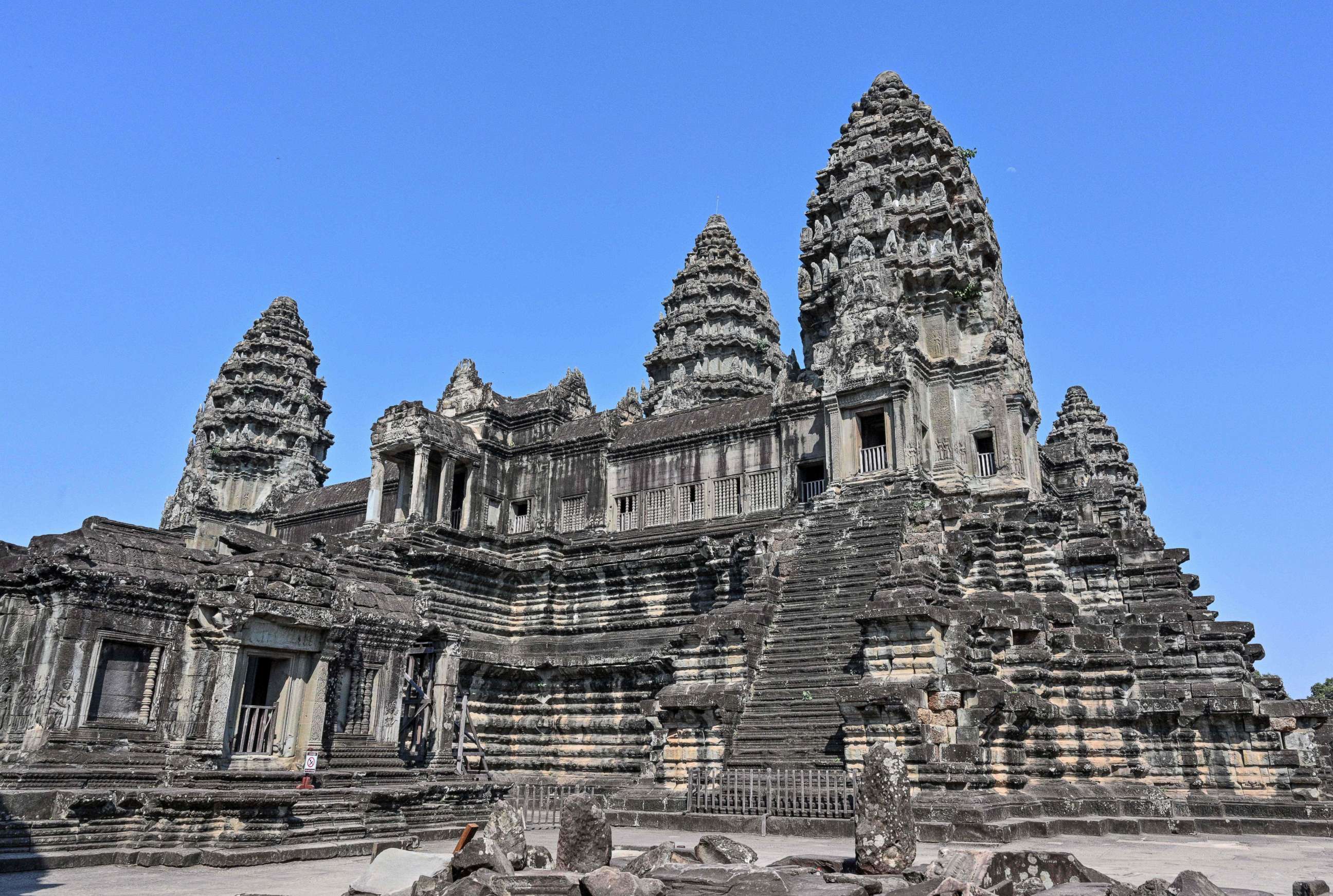Ancient city uncovered in Cambodia
The city had long been rumored to exist, but there was no proof until now.
Researchers have uncovered an ancient city in Cambodia that was one of the first capitals in the Khmer Empire.
The sprawling city of Mahendraparvata, which has long been rumored to exist, was identified on the Phnom Kulen plateau using airborne laser scanning that had a "unique ability to 'see through' vegetation and provide high-resolution models of the forest floor," according to a report from the scientists.
"Here, we confirm the hypothesis, based on this accumulated body of evidence, that Mahendraparvata -- the eighth- to ninth-century AD capital of the Khmer Empire -- was located on the Phnom Kulen massif," the report read.
The Khmer Empire, at its peak, governed much of what is today Cambodia, Thailand, Laos, and southern Vietnam.
The discovery gave scientists a detailed look at the city.
Their findings revealed "a formally planned, densely inhabited urban core surrounded by an extensive network of low-density neighborhoods, water-management systems, agricultural networks and transportation links to settlements around other major temple sites."

The most striking discovery, the scientists said, was that the city was built on linear axes that corresponded to cardinal directions, similar to a more modern city.
The centrally-planned urban area spanned around 9,800 to 12,000 acres on the plateau.
Phnom Kulen had long been under-researched, according to the report.
The site is difficult to access and covered with dense vegetation. Moreover, it was believed that landmines had been placed there by the Khmer Rouge regime in the 1970s, causing scientists to stay away.
However, the research efforts from the scientists revealed the city that had been there.
"We should soon be able to construct finer-grained demographic models and finally resolve basic questions concerning the extent and population of Angkor, and how that changed over the centuries," the report concluded.




